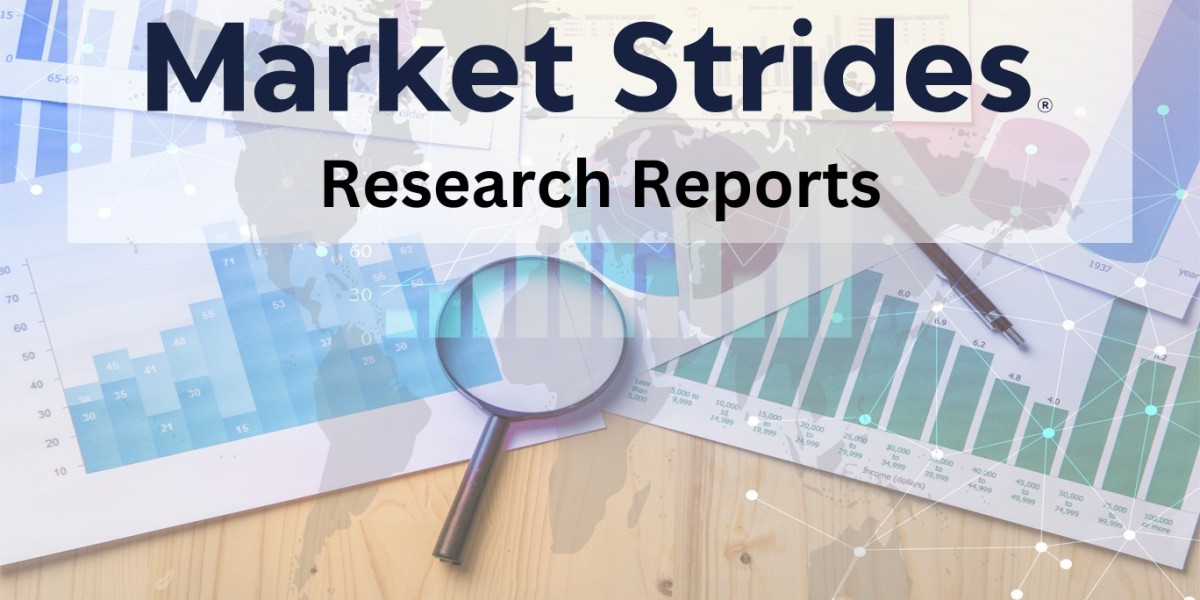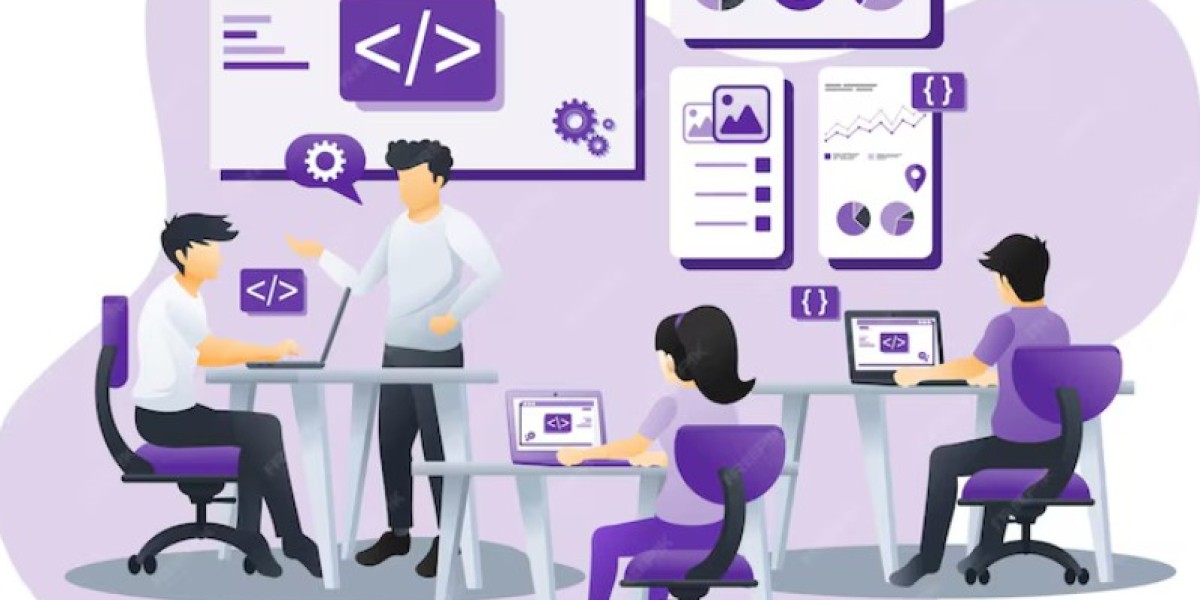In today’s digital healthcare era, the pressure on physicians to deliver both high-quality care and maintain detailed clinical documentation is immense. The integration of AI medical scribes—software tools that convert spoken interactions into structured clinical notes—has emerged as a practical response. However, when these tools operate under human supervision, the impact on documentation accuracy, context clarity, and compliance is greatly amplified.
This article explores how supervised medical scribe AI not only increases the speed of recordkeeping but also strengthens the accuracy of patient documentation, creating a new standard in modern medical practices.
From Automation to Assurance: Why Human Oversight Matters
While AI can process voice data and generate documentation faster than traditional methods, accuracy in healthcare isn’t just about speed. Subtle language cues, patient-specific history, and specialty-specific terminologies still require a human’s interpretive ability.
Under supervision, an AI medical scribe becomes more than just an automation tool—it becomes a collaborative partner. Human reviewers validate the AI's interpretation, correcting any misclassified data, ensuring medical relevance, and preserving clinical nuances.
Precision and Performance in Clinical Documentation
1. Sharper Focus on Medical Context
Supervised AI captures detailed medical notes while ensuring they align with the physician’s diagnostic intent. For instance, differentiating similar-sounding conditions (e.g., “hypertension” vs. “hypotension”) often depends on context, which human oversight guarantees.
2. Error Prevention and Real-Time Corrections
Even sophisticated AI medical scribes may occasionally misinterpret accents, overlapping speech, or complex terms. With human oversight, these risks are significantly mitigated, leading to reliable, audit-ready documentation.
3. Customized Output for Diverse Specialties
Under supervision, AI systems are fine-tuned to serve diverse specialties—from cardiology to psychiatry—each requiring unique templates and terminologies. This tailored approach improves documentation accuracy across disciplines.
Bridging Tech with Care: The Role of Virtual Medical Scribes
Virtual medical scribes provide a hybrid solution where AI handles the primary data capture, while trained professionals monitor and validate the output remotely. This not only improves documentation quality but also:
Frees physicians from administrative overload
Speeds up EMR completion
Enhances patient interaction time
Supervised AI systems deployed in virtual scribe services enable practices to maintain compliance and quality without sacrificing speed or accuracy.
Smarter Scribing with AI and Human Oversight
MedicalScribe offers an advanced AI medical scribe platform that balances automation with professional judgment. Their model ensures every note produced is:
HIPAA-compliant
Specialty-specific
Reviewed by trained human scribes
By combining intelligent automation with human expertise, the platform delivers precise and context-rich documentation, suitable for a wide range of healthcare environments. Whether you're a solo practitioner or a hospital group, the solution adapts to your needs while maintaining top-tier documentation standards.
Recommended: 5 Things Physicians Should Know About AI Medical Scribe
Why Accuracy Matters More Than Ever
Inaccurate records can lead to delayed care, misdiagnoses, and legal risks. With payers and regulators demanding clean, detailed, and timely records, accurate documentation isn't optional—it's critical. The combined power of AI and human validation not only enhances documentation integrity but also improves clinical outcomes and patient safety.
Conclusion
The integration of AI medical scribes under human supervision represents the next leap in clinical documentation—blending the efficiency of machines with the discernment of humans. This powerful synergy ensures that healthcare providers can trust their notes, reduce time spent on paperwork, and focus on what truly matters: the patient.
For healthcare practices ready to embrace the future of documentation, MedicalScribe provides a trusted, accurate, and scalable solution.
Frequently Asked Questions
1. How does human supervision improve AI medical scribe performance?
Human supervision ensures that AI-generated clinical notes are cross-checked for medical context, accuracy, and relevance. This collaborative approach enhances the quality of documentation and reduces potential AI misinterpretations.
2. Can AI medical scribes adapt to different medical specialties?
Yes. When overseen by human experts, AI medical scribes can be trained and fine-tuned to handle the specific terminology and documentation styles used in various specialties such as oncology, cardiology, and behavioral health.
3. What happens if the AI misinterprets a clinical term?
In supervised systems, human scribes review all AI outputs. Any misinterpreted or unclear term is corrected before the documentation is finalized, ensuring compliance with EMR standards.
4. Are AI medical scribe services HIPAA-compliant?
Leading platforms like MedicalScribe ensure full HIPAA compliance by incorporating secure data handling protocols and human oversight to maintain data privacy and patient confidentiality.
5. How do AI medical scribes compare to traditional transcription services?
AI medical scribes provide real-time, structured documentation and reduce turnaround time significantly. Traditional transcription services often rely on post-visit dictation, whereas AI combined with human review ensures immediate, accurate documentation during or right after the encounter.









